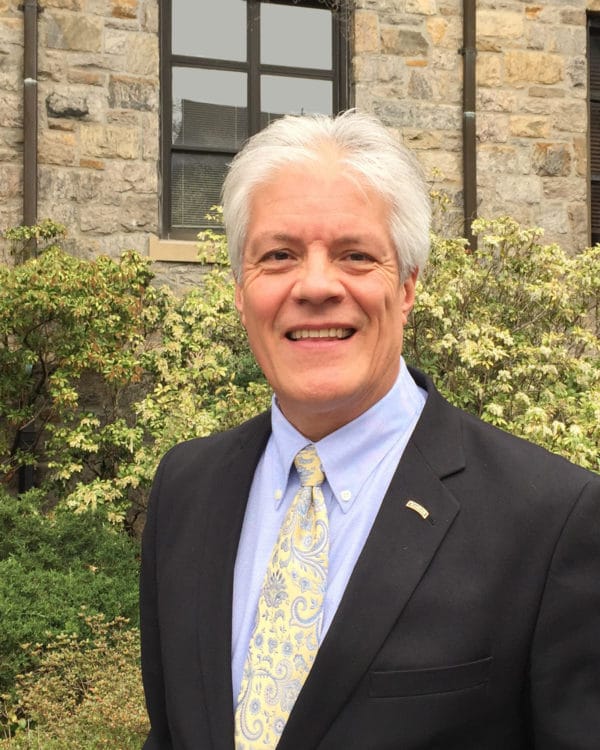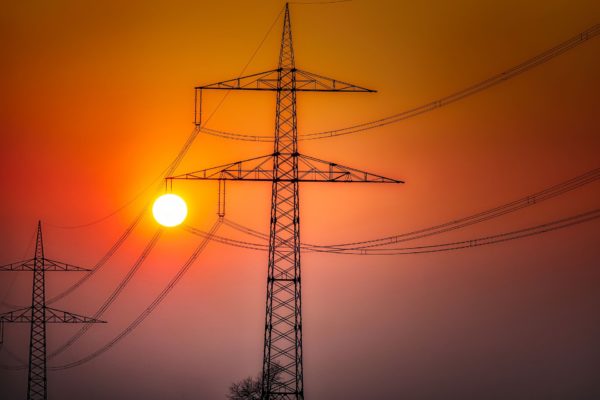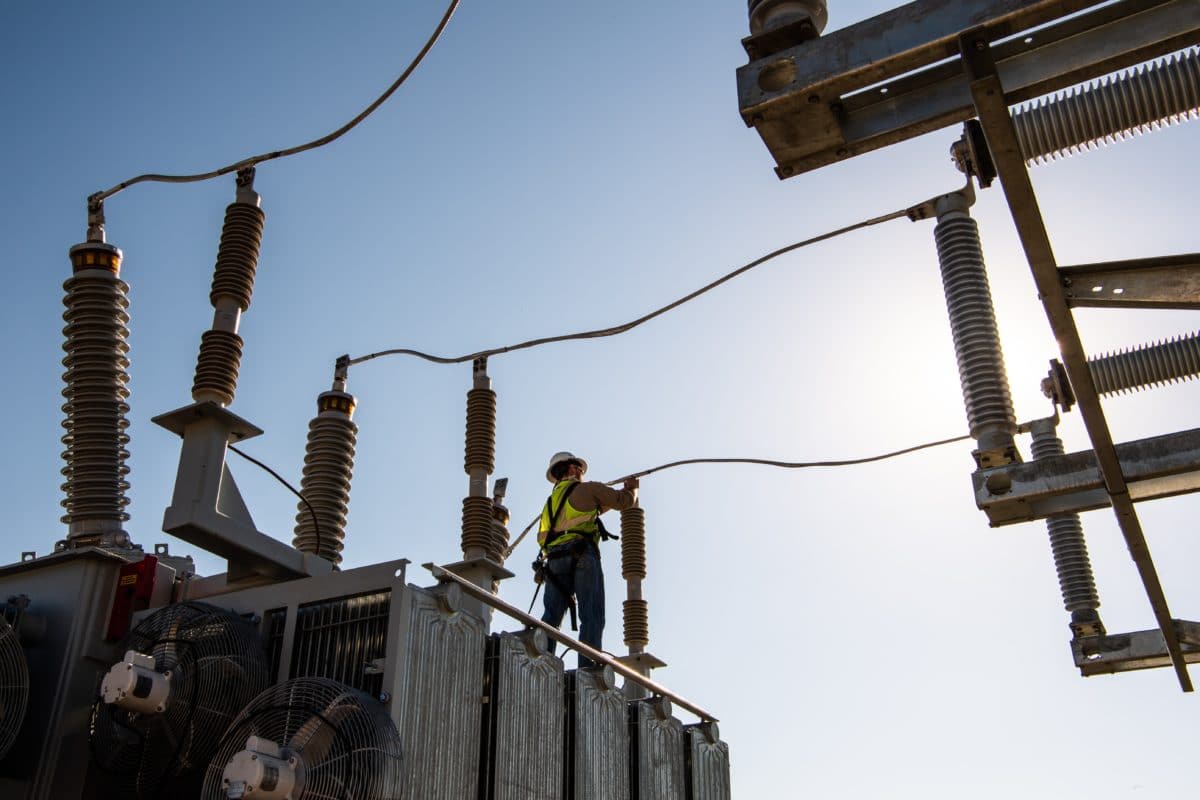Texas is no stranger to epic energy events. And Texas has a record of opportunistically meeting energy challenges and coming out even stronger.
The severe weather events of February 2021 should stand to launch another, better chapter in Texas’s energy history. A better energy future for Texas must be just, sustainable, innovative, and smart. Intention must displace opportunism and reaction; value must take precedence over price; and planning must address a growing appreciation of risk.

The analysis of causes (and red herrings) and the shaping of appropriate solutions for the recent Texas electricity crisis will likely continue for many months. Real solutions may take years to design and implement; still, Texas should not waste this crisis.
Start of a dialogue
There seems little dispute about a few key things: First, extreme weather and the challenges it poses to the Electric Reliability Council of Texas (ERCOT) will likely recur with greater frequency in a changing climate world. Second, despite a strong reliance on markets, government and regulatory intervention and correction is very much on the table for the future. Third, the hardships were not evenly or equitably distributed. Some customers had options, others did not. In sum, politically and practically, doing nothing is not an option.
Prices have been low, and the energy-only market plus a regulatory transmission planning and investment initiative has enabled strong growth of utility-scale wind and solar generation. But, despite severe weather events in the recent past–notably in 2011–Texas has largely resisted the imposition of reliability requirements that might constrain the pursuit of lower prices in order to ensure secure electric service for all. And ERCOT famously remains an island in an interconnected national grid.
Fundamental question
On the table today is the fundamental question of whether Texas can still afford cheap electricity no matter what it costs—whether the venerated and lightly regulated market will ensure affordable, reliable, secure, and sustainable electric service for all Texans.
Some consensus is emerging, at least, around strategic solutions that merit greater study. And, as with all complex problems, a simple neat solution does not exist, despite the growing proliferation of soundbite solutions.
The first place to start is with articulation and action to secure better goals than just low commodity prices. Electricity is essential to modern life and disruptions due to climate, technical failure, economic forces, or other causes threaten energy security at every level. A market can be a great tool for helping to deliver public benefits, but the priorities of marketers cannot be allowed to subsume or subvert public policy objectives.

<
Government and regulation are not absent in Texas, they are just poorly designed and applied. Legislators should take a hard look at reforming what they ask of and expect from the Public Utility Commission, where I once served, and from the Texas Railroad Commission (which regulates methane gas), and from ERCOT.
Second, despite misleading assertions to the contrary, wind and solar performed pretty much as expected during the severe weather events. There is every reason to believe that Texas’ energy security can be enhanced by increasing, not decreasing, reliance on these resources for the future.
Third, Texas needs to look in more and better places for the tools of energy security. The appeal of large markets is the efficiency and price reduction that flow from liquidity. But creating and maintaining a market environment that maximizes liquidity and favors large generators, as ERCOT has done, overlooks the benefits of right-sized resources sited and scaled to more closely meeting load.
Powerful new analytical tools, like the WIS:dom model developed by Vibrant Clean Energy, have revealed vast overlooked and emergent benefits to be obtained from better coordinated and optimized reliance on distributed generation and distributed storage resources.
I participated in developing the Local Solar Roadmap, one of these latest studies that show that the value of solar and other distributed energy resources scales beautifully to provide grid-wide savings and benefit.

Image: Pixabay
Texas has immense efficiency, demand response, and energy management resources that can be harnessed through regulatory and market mechanisms—preferably both. Texas should make it a policy and development priority to apply the same effort, if not budget, to realize these benefits as it did to standing up the nodal market.
Finally, as a transplanted Texan whose family name goes back to 1750 in that region, I know that Texas pride is often manifest in go-it-alone solutions. But isolationism is not a sound policy when operating in network economies. Texas should take a hard look at increasing the number of interties to other states and even consider full interconnection into the national grid.
The vulnerable electric grid
Nature teaches us that isolated niche ecosystems are most vulnerable to environmental disruption—so, too, with electric grid networks.
Going it alone with the ERCOT market as currently structured and regulated has been tested and found inadequate.
Once Texas had a powerful vision for its energy future. When I co-chaired the Texas Sustainable Energy Development Council, along with Land Commissioner Gary Mauro, way back in 1993, we published a comprehensive roadmap for a different Texas. That effort, in which a wide range of stakeholders participated, offered a compelling vision for Texas’ energy future. We envisioned:
“A Texas responsibly powered by its sustainable energy resource base and serving as a model to others in equitable prosperity, environmental health, advanced technology, innovative government, and respect for future generations.”
Texas deserves, and must secure, nothing less.
Karl R. Rábago operates an energy consultancy based in Denver, Colorado. He has served as a Public Utility Commissioner in Texas, as a utility executive with Austin Energy (the City of Austin’s municipal electric utility), and as a regulatory affairs director for AES Wind, which developed wind farms in Texas. Rábago is on Twitter at @rabagoenergy and claims he is a ‘free-market green.’
The views and opinions expressed in this article are the author’s own, and do not necessarily reflect those held by pv magazine.
This content is protected by copyright and may not be reused. If you want to cooperate with us and would like to reuse some of our content, please contact: editors@pv-magazine.com.








Thanks to my father who informed me regarding this web site, this web site
is really amazing.